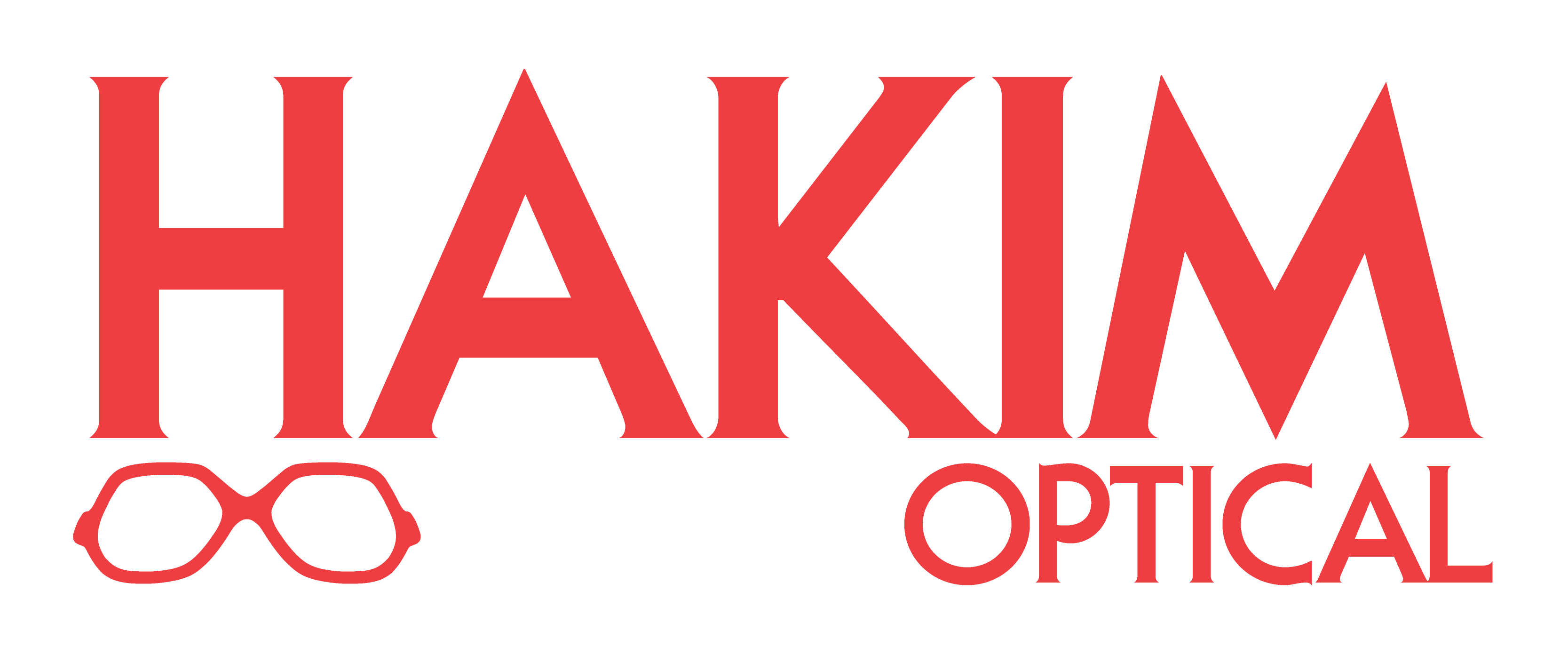If you tell someone that you wear glasses or contact lenses, a common question you’ll get asked is if you are nearsighted or farsighted. Although the question only requires a simple answer, understanding the difference between nearsighted vision vs. farsighted vision is slightly more complicated.
What does this mean?
The key to understanding the difference between being nearsighted vs. farsighted lies in the names themselves.
If you are nearsighted, which is also known as myopia, it means you have an easier time seeing things that are near your face and your vision challenges lie in seeing things that are far away. This is usually due to individuals having an elongated eye shape or a cornea that is more curved than it should be. Nearsighted individuals will have trouble reading distant signs, watching television, and generally viewing anything at a distance.
Those who are farsighted, or suffer from hyperopia as it’s also known, have difficulty seeing things that are close to their face, but they can see things that are far away. Farsightedness is most commonly caused by having corneas that aren’t curved enough. Farsighted people tend to experience headaches and discomfort when they are doing things like reading or using the computer that require them to focus on things that are close to their eyes.
Which is worse?
Part of understanding the difference between being nearsighted or farsighted is recognizing that neither one is worse, and it all depends on the severity of the condition. Both conditions can impair your vision and make completing daily tasks challenging, but luckily they are easily remedied with corrective lenses. Even if you have one of the two conditions as well as astigmatism, your eye doctor can complete an eye exam and recommend a prescription and lens that will correct your vision and suit your unique needs.
How to correct it?
As we grow and our bodies change, so do our eyes. This may cause you to need several different prescriptions as you get older, but once your body has finished growing your prescription should level out. Part of understanding nearsighted vision and farsighted vision is realizing that the severity is different for everyone, and just because someone is farsighted doesn’t mean that their close-up vision is perfect. The best way to understand what type of vision you have and keep it from getting worse is to visit your optometrist for regular eye exams.
Need help correcting your nearsighted or farsighted vision?
Visit your local Hakim Optical and start seeing clearly today!
Hakim Optical has been providing Canadians with quality corrective lenses at a value that can’t be beat for over 50 years. Our knowledgeable staff and optometrists are here to help you find an eyewear solution tailored specifically to you.
For more tips and to be the first to see our latest promotions.
Connect with us on Facebook, Instagram, and Twitter.
